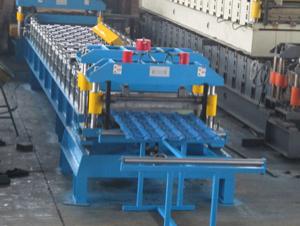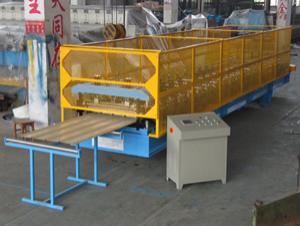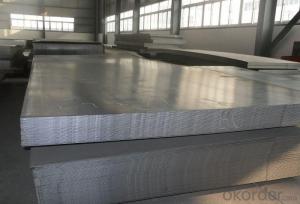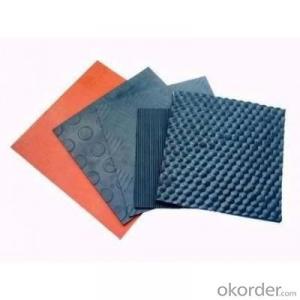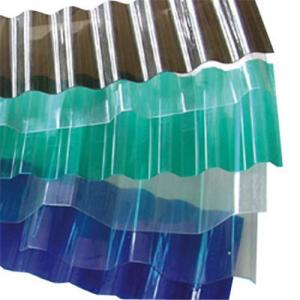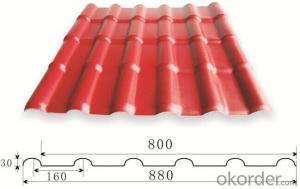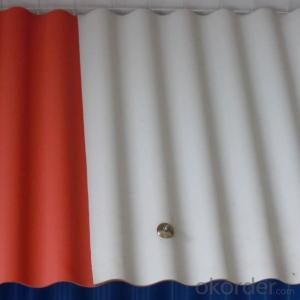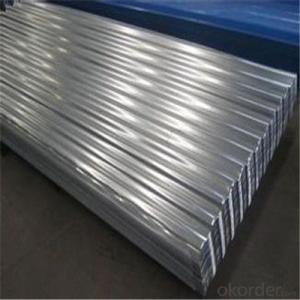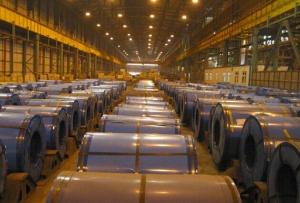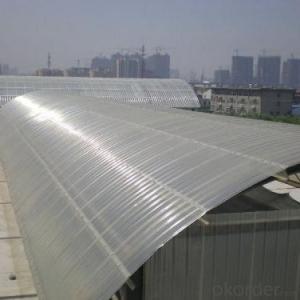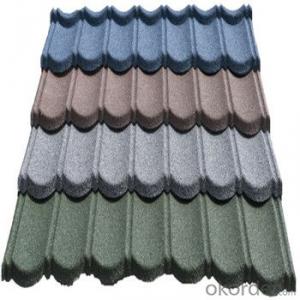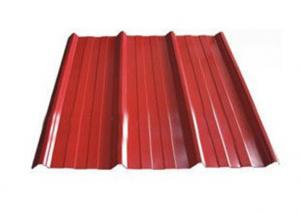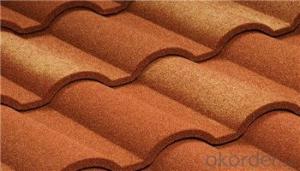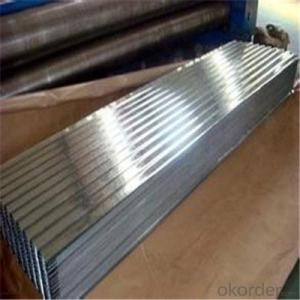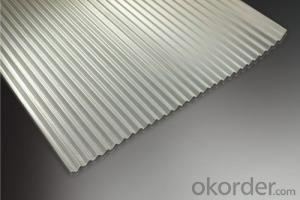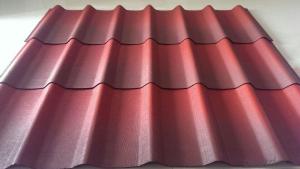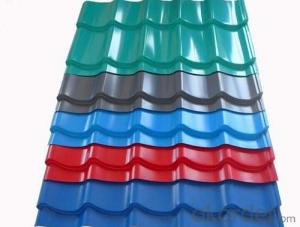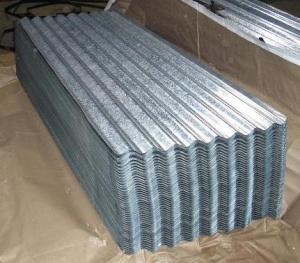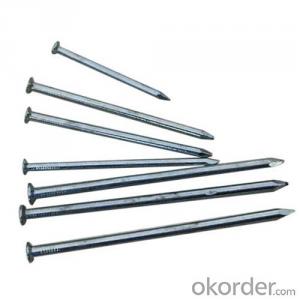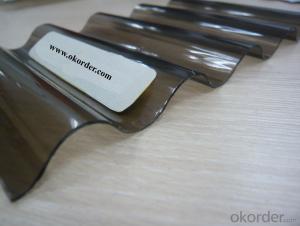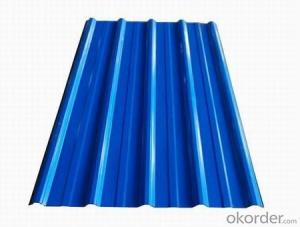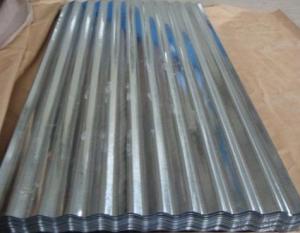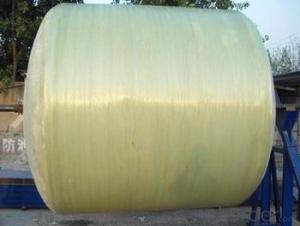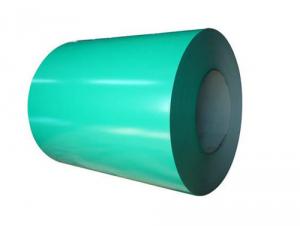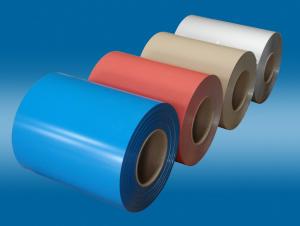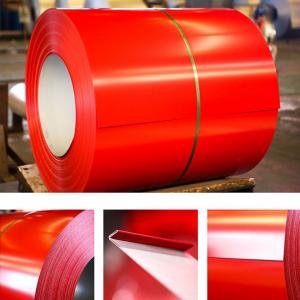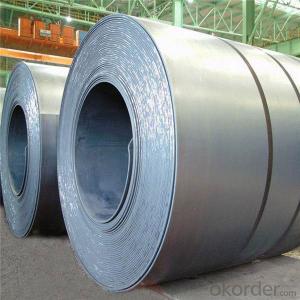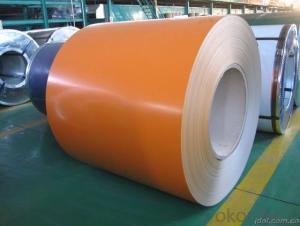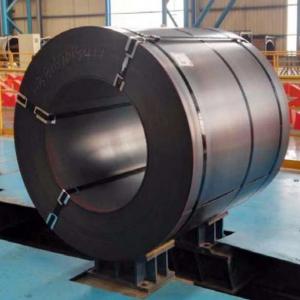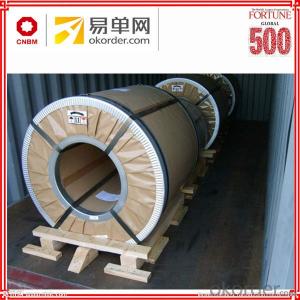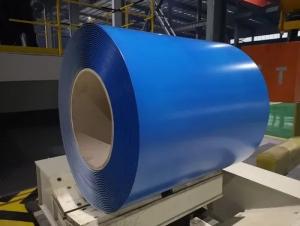Perspex Corrugated Roofing Sheet
Perspex Corrugated Roofing Sheet Related Searches
Galvanized Steel Sheet 4x8 Galvanized Corrugated Steel Galvanised Steel Corrugated Roofing Sheets 24 Gauge Galvanized Sheet Metal Corrugated Aluminum Sheet Galvanized Sheet Metal 4X8 Sheet Metal 20 Gauge 16 Gage Sheet Metal 19 Gauge Sheet Metal Sheet Metal 4X8Hot Searches
Upvc Roofing Sheet Manufacturer In India Rhino Roofing Sheet Price List Rhino Roofing Sheet Prices Sheet Metal Roofing Prices Rhino Roofing Sheet Prices Sheet Metal Roofing Prices Rhino Roofing Sheet PricesPerspex Corrugated Roofing Sheet Supplier & Manufacturer from China
Okorder.com is a professional Perspex Corrugated Roofing Sheet supplier & manufacturer, offers integrated one-stop services including real-time quoting and online cargo tracking. We are funded by CNBM Group, a Fortune 500 enterprise and the largest Perspex Corrugated Roofing Sheet firm in China.Hot Products
FAQ
- What are the pros and cons to selecting a graphite shaft sand wedge over steel shaft?
- Graphite Shaft Wedges
- Steel coils are used in the manufacturing of construction bulldozers primarily for their strength and durability. These coils are typically transformed into various components, such as the bulldozer's frame, blade, and tracks, which require robust materials to withstand the heavy-duty tasks and harsh operating conditions. The steel coils are processed and shaped into these parts, ensuring that the bulldozer can effectively push, lift, and carry heavy loads while enduring the rigors of construction sites.
- Steel coils can be inspected for weldability using a variety of welding tests. One common method is the bend test, where a section of the coil is cut and bent to evaluate the quality of the weld. This test helps determine if the weld is brittle or contains any defects that could compromise its integrity. Additionally, the guided bend test is performed to assess the ability of the weld to withstand bending without cracking or breaking. Another technique used is the macro etch test, where a sample is prepared by cutting a cross-section of the coil and then etching it with a chemical solution. This test helps reveal any imperfections or inconsistencies in the weld, such as porosity, slag inclusions, or lack of fusion. Furthermore, the hardness test is conducted to measure the hardness of the weld. This is important as excessive hardness can lead to cracking or brittleness, while insufficient hardness may result in weld failure under certain conditions. Additionally, non-destructive testing methods like ultrasonic testing, magnetic particle inspection, or radiographic examination can also be employed to detect any internal defects, such as cracks or voids, in the steel coil welds without damaging the material. These welding tests are crucial in ensuring the quality and weldability of steel coils before they are used in various applications. By conducting thorough inspections, any potential issues can be identified and addressed, ensuring that the steel coils meet the required standards for weldability and structural integrity.
- There are several common methods used for inspecting steel coils for defects. These methods include visual inspection, ultrasonic testing, magnetic particle inspection, and eddy current testing. Visual inspection is the most basic method and involves physically examining the surface of the steel coil for any visible defects such as cracks, dents, or surface irregularities. This method is usually the first step in the inspection process and can quickly identify any obvious defects. Ultrasonic testing is a more advanced method that uses high-frequency sound waves to detect defects within the steel coil. A probe is used to transmit ultrasonic waves into the coil, and any internal flaws or defects will reflect the sound waves back to the probe. This method is effective for detecting defects such as voids, cracks, or inclusions within the material. Magnetic particle inspection is another commonly used method for inspecting steel coils. This technique involves magnetizing the coil and then applying iron particles to the surface. Any defects or cracks will cause a disturbance in the magnetic field, attracting the iron particles and making them visible. This method is particularly effective for detecting surface cracks or defects. Eddy current testing is a non-destructive method that uses electromagnetic induction to detect defects in the steel coil. A probe is used to generate an alternating magnetic field, and any changes in the electrical conductivity or magnetic permeability of the material due to defects will produce eddy currents. These eddy currents can be measured and analyzed to identify defects such as cracks, voids, or changes in material properties. Overall, these common methods of inspecting steel coils for defects provide various levels of accuracy and sensitivity, allowing for thorough inspections to ensure the quality and integrity of the steel coils. The choice of method depends on factors such as the type and size of defects to be detected, the required level of inspection accuracy, and the cost and time constraints of the inspection process.
- any one have an opinion? i've heard steel cut oatmeal is better for you...
- Steel cut oats have health benefits. They are delicious and very good for you! The difference between regular oatmeal and steel cut oatmeal: Steel-Cut Oats are whole grain groats (the inner portion of the oat kernel) which have been cut into two or three pieces using steel discs. Golden in colour and resembling mini rice particles, they are as nature intended - nothing added and nothing taken out. Rolled oats are flake oats that have been steamed, rolled, re-steamed and toasted. Due to all of this additional processing they have lost some of their natural taste, goodness and texture.
- Steel coils are protected from condensation through a variety of methods including the application of moisture-resistant coatings, the use of desiccants or drying agents, and the implementation of proper storage and handling techniques such as maintaining appropriate temperatures and humidity levels.
- The strip tower height
- Definition and appearance: the ends of the steel coils are uneven, one circle higher than the circle, showing a different degree of pagoda shape or bread shape.
- No. Not Stainless steel, I mean STEEL.Not a specific type, but STEEL.Thanks. xo
- Is Steel A Pure Substance
